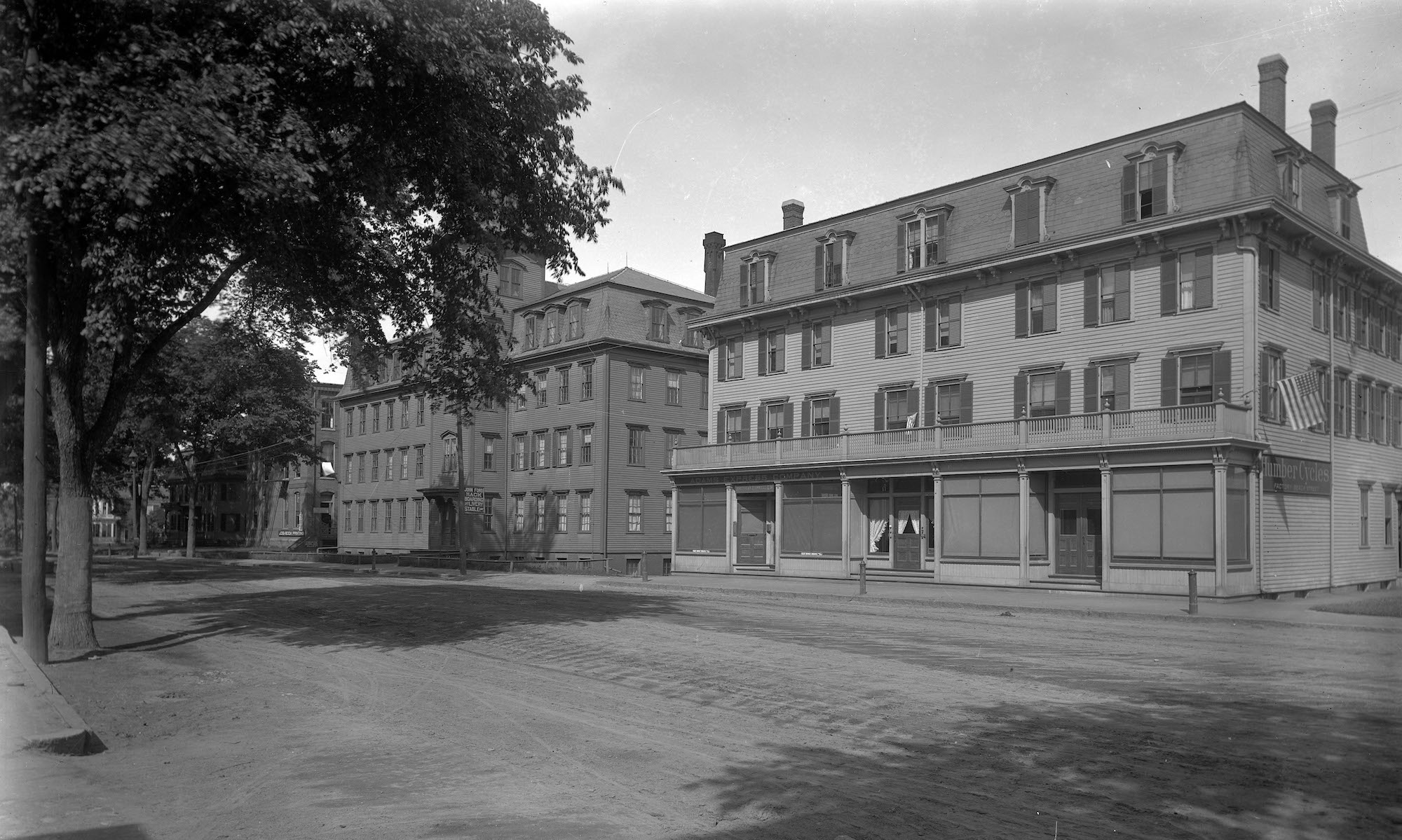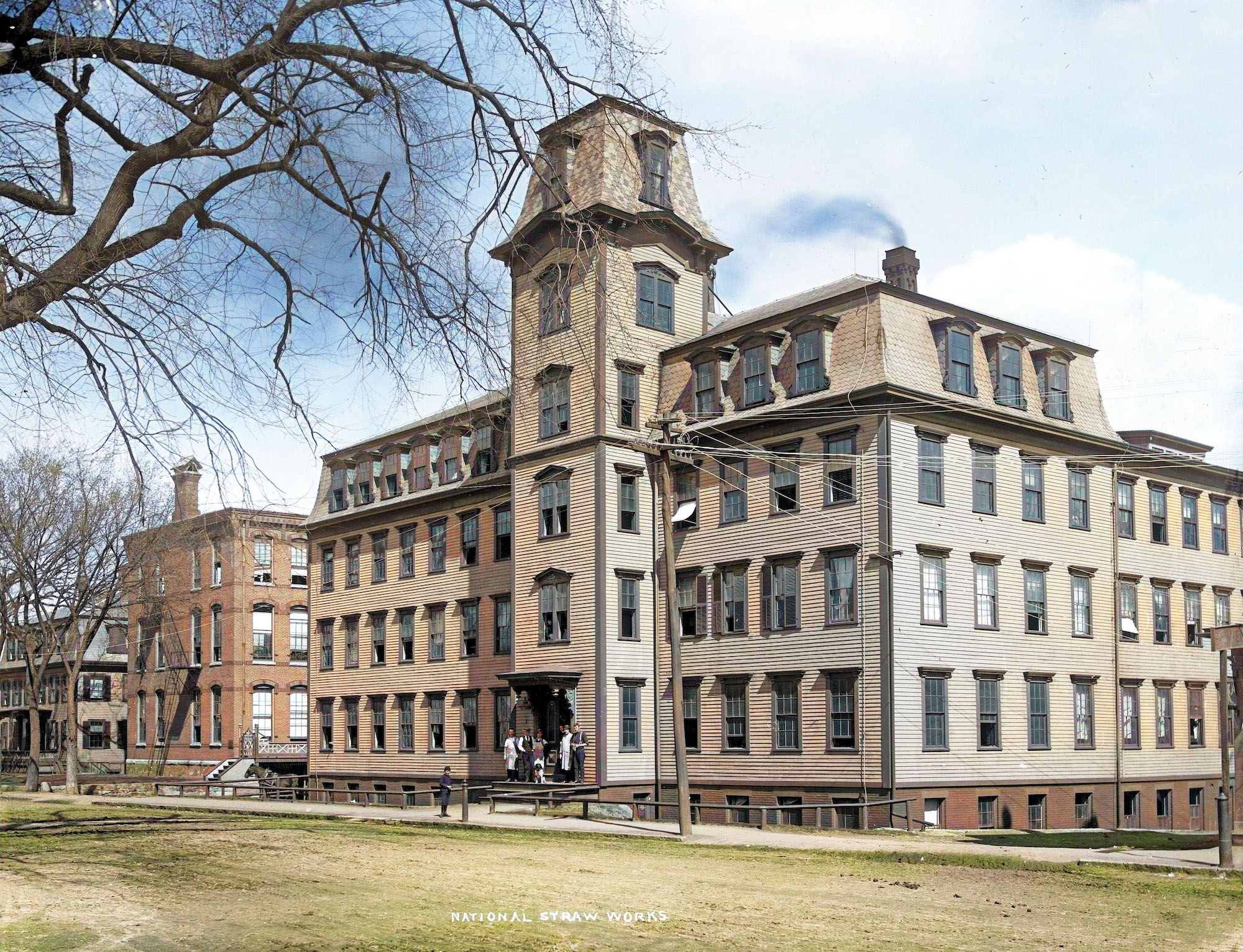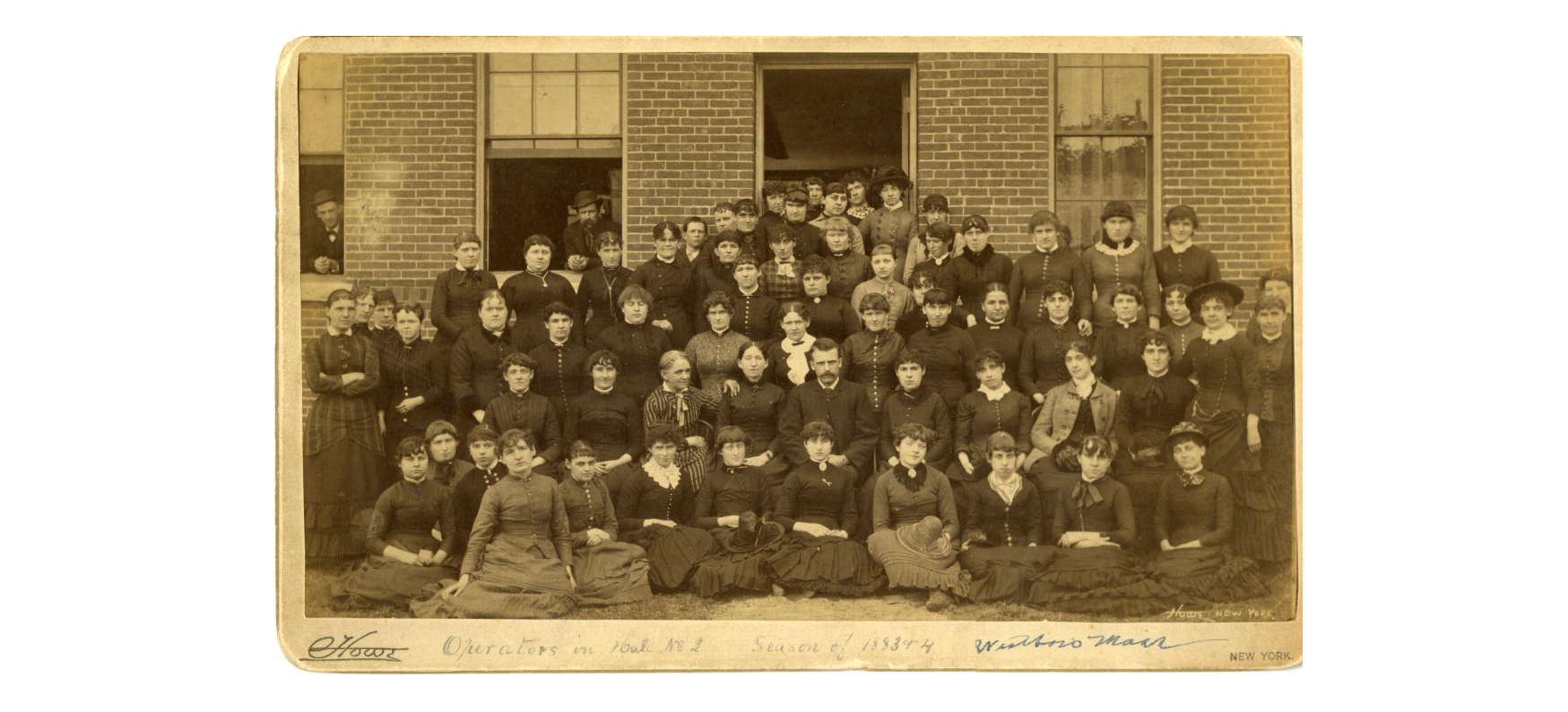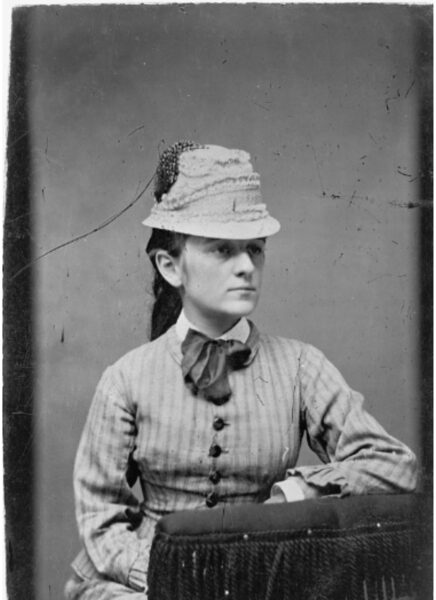By Kate Tobiasson
History Columnist

(Photo/Courtesy of Phil Kittredge)
WESTBOROUGH – The man who revolutionized the economy of Westborough in the late 19th century wasn’t born here, but his impact on the local community was tremendous.
An aspiring entrepreneur, Henry O. Bernard left home for New York City at the height of industrialization, with nothing but a hope and a dream. He found a job selling imported braided straw from Japan and China to small hat manufacturers in the Northeast. When Bernard met Westborough shopkeeper George Smalley in 1869, the two quickly bonded over their dream to build a local, modern hat factory.
The pair opened the National Straw Works on East Main Street (where the Forbes Community Building now stands) in 1871. In their first year, they employed nearly 2,000 people and sold over $600,000 worth of hats. The factory continued to rapidly grow in size and profitability. In 1878, an additional four-story brick building was added to the original wooden factory, which had also expanded to include four new wings since its opening. Remarkably, the National Straw Works made $2.3 million (about $63,388,000 in today’s dollars) in 1880.

(Photo/courtesy of Phil Kittredge)
Throughout the 19th century, both men and women considered hats to be an essential clothing item to wear whenever leaving home, and straw hats were often preferred for more informal occasions. The most popular hat of the 1880s was known as a “flower pot” hat. With a silhouette reminiscent of an upside-down flower pot, the straw base worked to create a large canvas for ladies to adorn with all sorts of lovely decor—from ribbons, bows, fur and nets to milliner’s beads and small stuffed birds.
The 1890s brought with it a desire for a different style of hat, much smaller in design. Often, the hats themselves would be too tiny to be seen because of the number of accoutrements they displayed. Each hat was expected to be unique—a true “signature piece”—and the desire for widely manufactured straw hats sharply declined.

(Photo/Courtesy of Westborough Public Library)
The heyday of straw-hat manufacturing in Westborough had come to an end. By 1899, Bernard was forced to close the factory doors.
Bernard retired to the National House on East Main Street, a large building he had erected as a boarding hotel in 1878 to house the seasonal straw workers. He turned the building into his private residence, which housed his collection of luxurious furnishings and European art collection. He was often seen driving his favorite race horses around Westborough or fishing Lake Chauncy in his twilight years.
The former National Straw Works factory building, as well as the National House were lost in the fire of October 12, 1917. High winds that day quickly fueled the flames from the fire; it took over a week for the flames and smoke to clear. There was nothing left of Westborough’s briefly thriving straw hat industry.

















